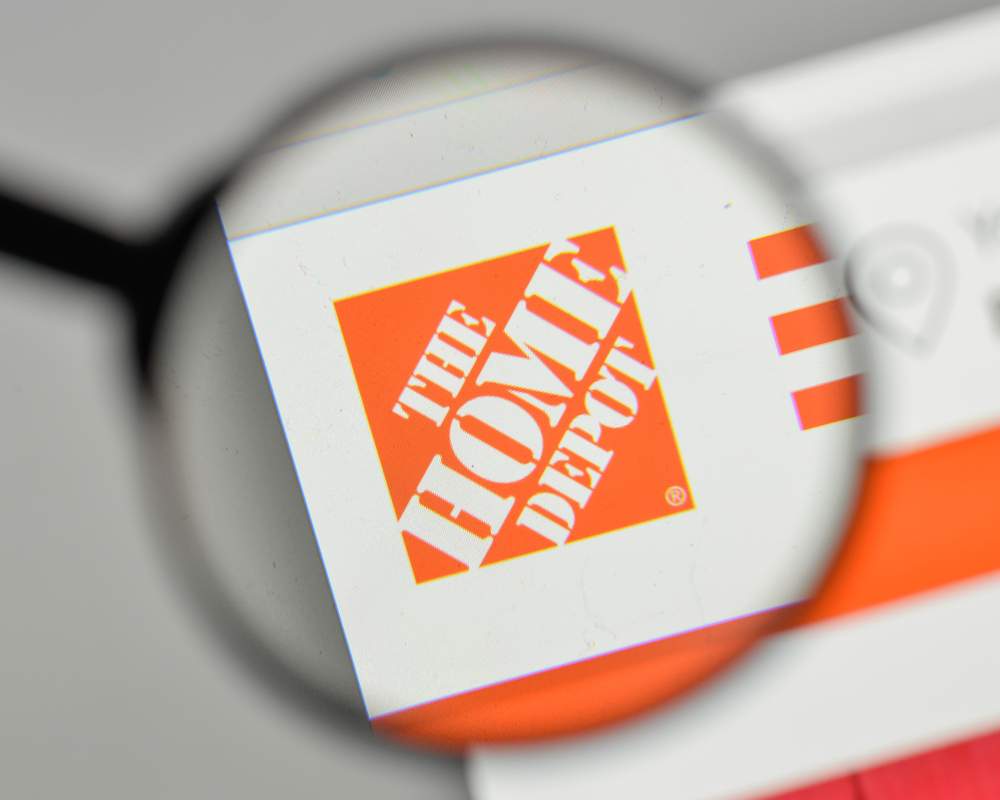Private jets, personal chauffeurs and a large entourage…
That’s the way CEOs of most multibillion companies travel.
But not this founder/CEO.
He drove a beat-up Ford F-150 pickup truck with a four-speed transmission.
The truck also had a few “aftermarket” dents.
And his only entourage was his hunting dog Roy.
That’s the way Sam Walton, the founder of Walmart stores used to get around.
At the time of his death in 1992, Mr. Sam’s net worth was nearly $25 billion…
And he still drove his trusty red pickup truck.
For Mr. Sam, being frugal wasn’t something he woke up with one morning.
It was a part of who he was.
Besides, when people asked him why he still drove a pickup truck now that he was one of the wealthiest people in the world, he responded: “What am I supposed to haul my dogs around in, a Rolls Royce?”
Your Money
Watching the nickels and dimes is how Walmart became the largest retailer in the world.
The company worked out of modest offices in Bentonville, Arkansas.
When employees traveled around the world, they didn’t fly first class.
Far from it. They flew economy and slept two to a room at Holiday Inns or other economy brand hotels.
On buying trips to New York City, walking or taking subways was how they got around. Taxis were off limits.
Walmart employees on business trips were asked to bring back pens and notebooks from the hotels they stayed at. Why spend on office supplies?
It’s that type of mindset that continues to this day … more than 60 years after Walmart was founded.
Those are the types of CEOs I look for when investing in a company.
CEOs that treat shareholder money like it’s their own.
Every Dollar Counts
At the end of the day, expenses of all kinds impact the bottom line.
In 2022, Walmart generated $570 billion, and $12 billion in net profit.
A $10,000 investment in Walmart in 1970 when it went public would now be worth over $180 million!
It shouldn’t come as a surprise that another great retailer followed Mr. Sam’s advice.
Although his company has a market cap of more than $1 trillion, they still watch the pennies.
It was said that Jeff Bezos, founder of Amazon, carried around Sam Walton: Made in America, the autobiography of Walmart’s founder.
Jeff Bezos working on his “desk” in his garage.
Bezos is also a frugal CEO. For many years, his desk was a simple door slab.
In 2013, when he was one of the richest people in the world, he was still driving a Honda Accord.
A $10,000 investment in Amazon when it became public on May 15, 1997 … exactly 26 years ago, would now be worth about $15 million.
Partner With CEOs
When I research companies to add to our portfolios, I spend a lot of time learning as much as I can about the CEO.
It never ceases to amaze me that investors would invest thousands of dollars in a stock and have no idea who is running the company.
I only want to partner with CEOs that treat shareholders like partners, focus on watching every nickel and doing their best to keep their customers happy.
I recently sat down for a long chat with a founder/CEO.
A few minutes into our conversation I could easily see why his company stands out.
In addition to going all-in — he put his entire net worth of $22 million in the company — he genuinely cares about his shareholders.
I sent this conversation to a small group of my subscribers. And I’d love for you to join us.
In this new video, I’ll share proof that the right decision, by the right CEO, at the right time…
Can send shares of companies higher.
Decisions like the ones made by Sam Walton and Jeff Bezos.
This one … could prove to be one of the greatest game-changing decisions by a CEO ever…
It’s a move that lets this small $5 energy company generate up to 5X more money for its energy — than competitors can get for theirs.
Just click here for the full story.
Regards,

Founder, Alpha Investor
Home Depot Has Biggest Miss in 20 Years
A couple weeks ago, I went on a payments purge, canceling or scaling back monthly payments that had just flat-out gotten out of control.
Well, it seems I’m not the only one hacking away at costs. Retail sales rose 0.4% in April, which was only half the 0.8% Wall Street expected. And this comes after a steep decline in March and February.
Hey, an increase is an increase.
We shouldn’t completely gloss over the fact that Americans did spend more money in April. But after two months of steep declines, it was hardly the strong recovery we might have hoped for.
Six out of the 13 spending categories saw declines in April.
Interestingly, food and drink spending was up at a whipping 9.4%. Some of this is likely due to inflation — the bills simply cost more than they used to.
But it also points to a broad theme of Americans cutting back on “stuff,” not to mention services for the home. Instead, they’re focusing their discretionary spending on experiences.
It’s also the simple reality that, with inflation running ahead of most paychecks, an extra dollar spent going out to eat is a dollar less to be spent on retail.
We’re seeing a similar story playing out in corporate earnings. Home Depot, the world’s largest home improvement store, just reported its largest revenue miss in 20 years.
Sales on big-ticket items like patio furniture and grills were particularly weak. And overall, the company expects to be down 2% to 5% for the full year.
When a company “misses” earnings or revenue numbers, that means that its reported results were lower than what Wall Street expected.
And while I hate to draw conclusions from just a handful of data points, this suggests that the economy may be slowing faster than Wall Street forecast … and Wall Street is already pretty bearish these days.
Recessions aren’t the end of the world, of course.
They are that proverbial pause that refreshes.
And, after a couple years of unusually high spending on “stuff” during the pandemic, it’s completely reasonable to see Americans spending a little less.
But every dollar not spent is a dollar that doesn’t show up in corporate revenues or earnings.
Does this mean we have another leg of the bear market in front of us?
We’ll see. In the immediate short term, the debt ceiling, the banking crisis and expectations of the Federal Reserve’s next move are all going to have much more of an impact.
However, a sustained bull market across the board isn’t likely until we see earnings improve. And that’s probably not in the cards either, until we see spending improve.
But while the outlook for the general market is murky, there’s still money to be made by focusing on the highest-quality companies trading at good prices.
And that’s where Charles Mizrahi does best.
He doesn’t just buy into companies. As he said today, when he invests his money, he “partners with CEOs.”
Because the right leader at the helm can make a difference between a successful company, and one that crumbles into nothing.
So if you’re interested in this investing approach, and you want to learn more about Charles’ latest stock pick in the energy sector, make just one more decision today.
Check out Charles’ new video here.
Regards, Charles SizemoreChief Editor, The Banyan Edge
Charles SizemoreChief Editor, The Banyan Edge









